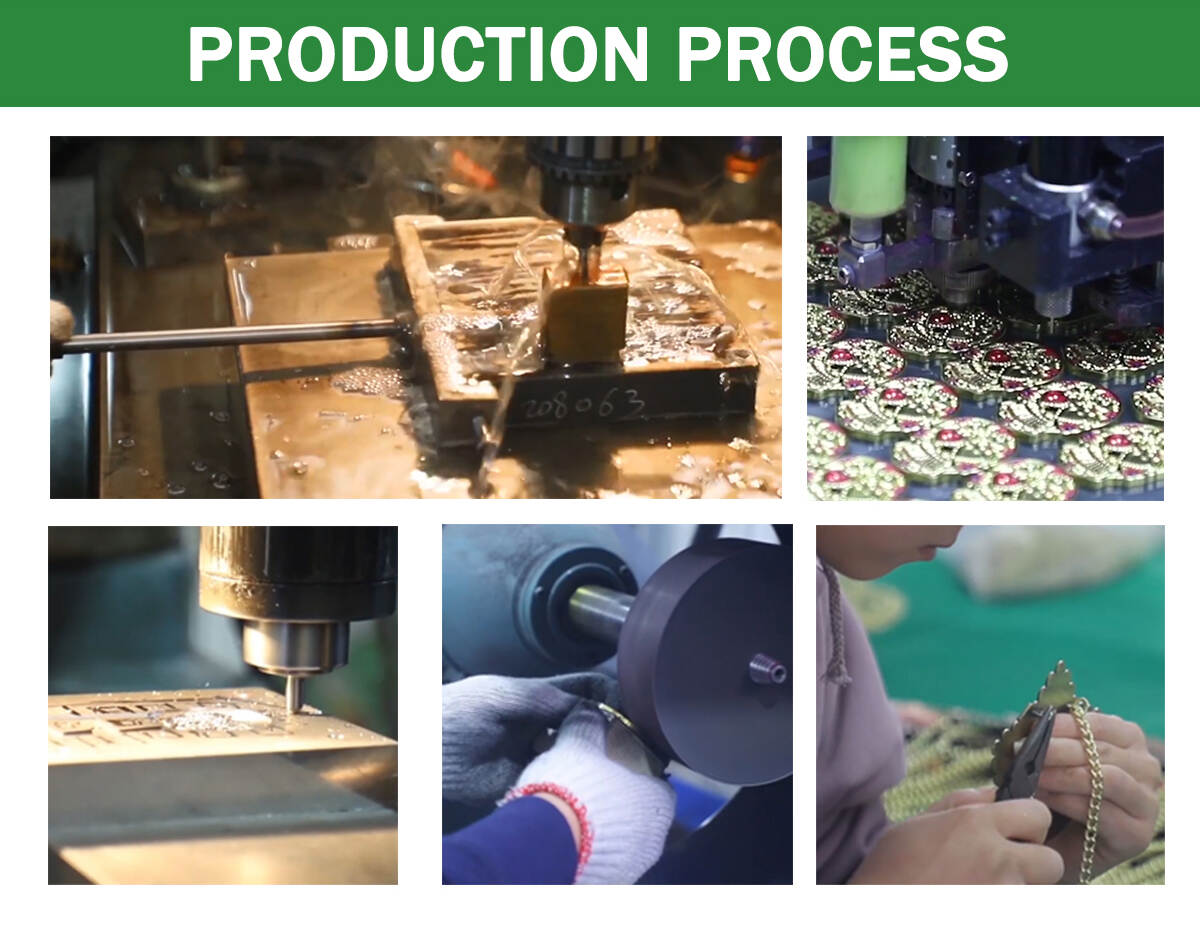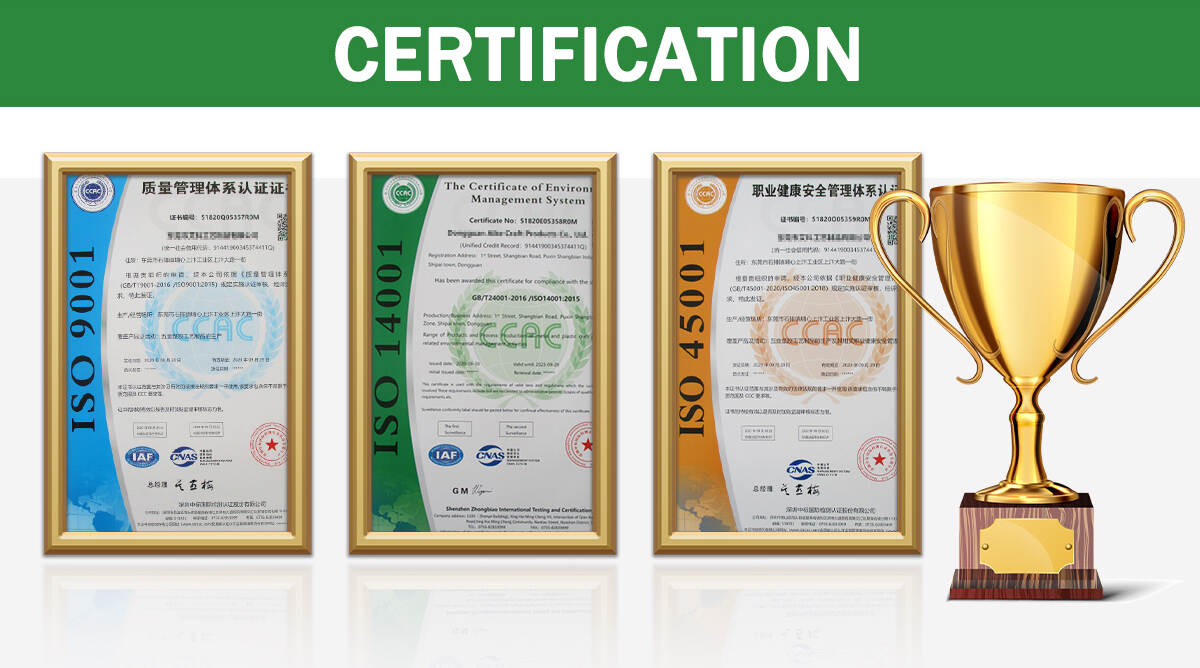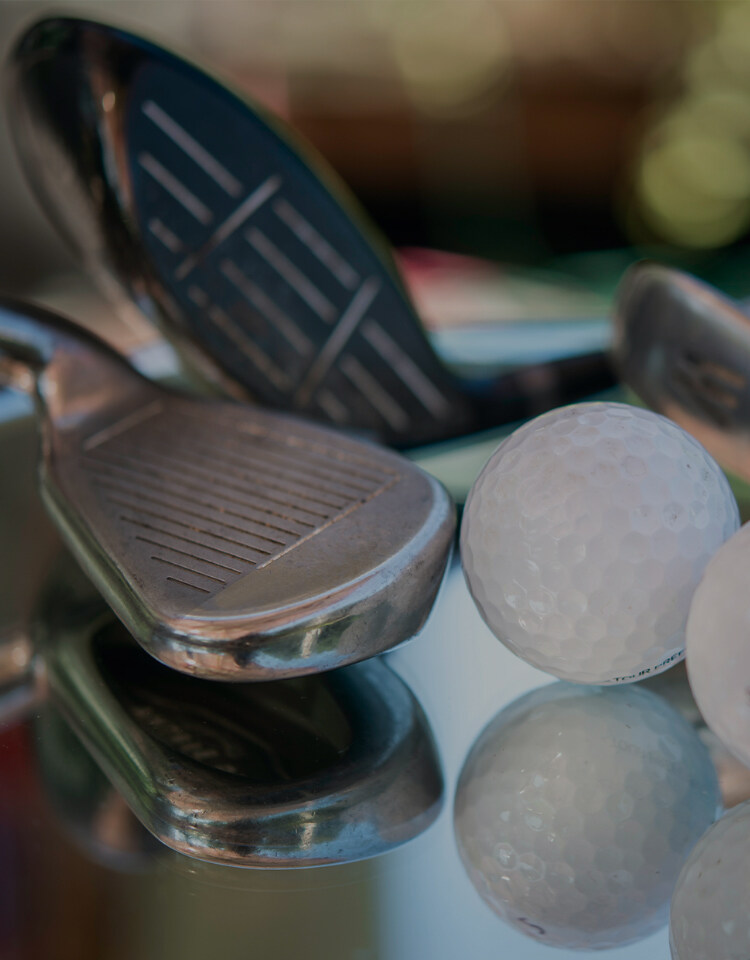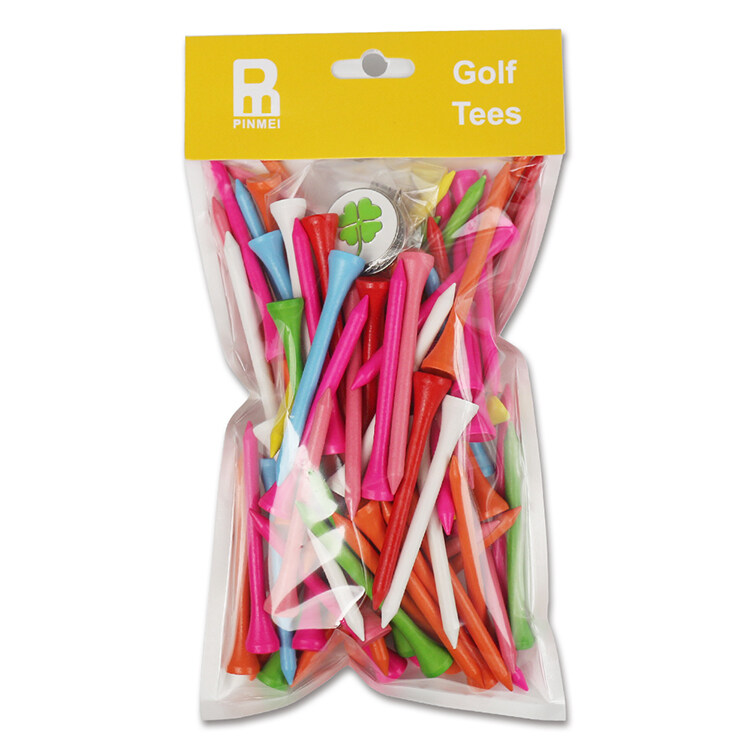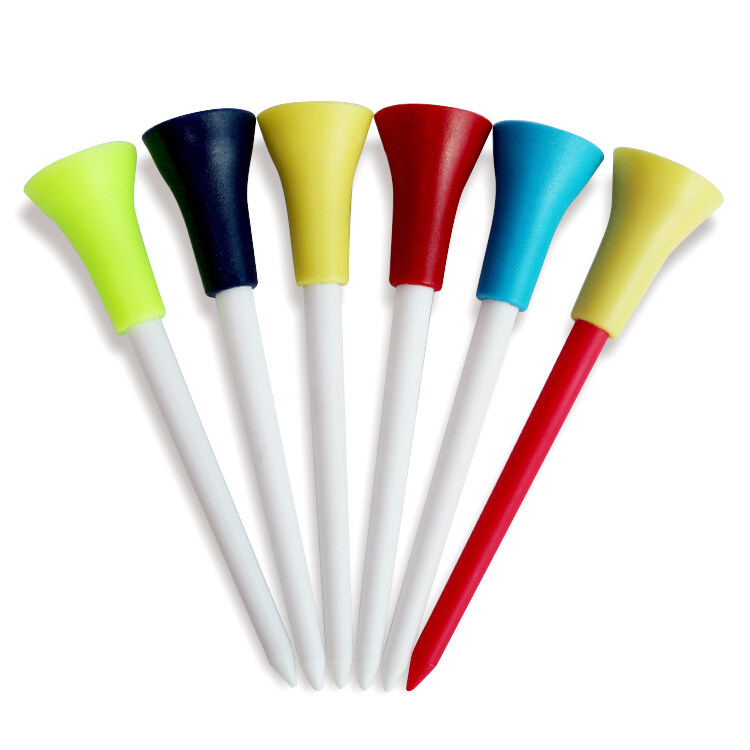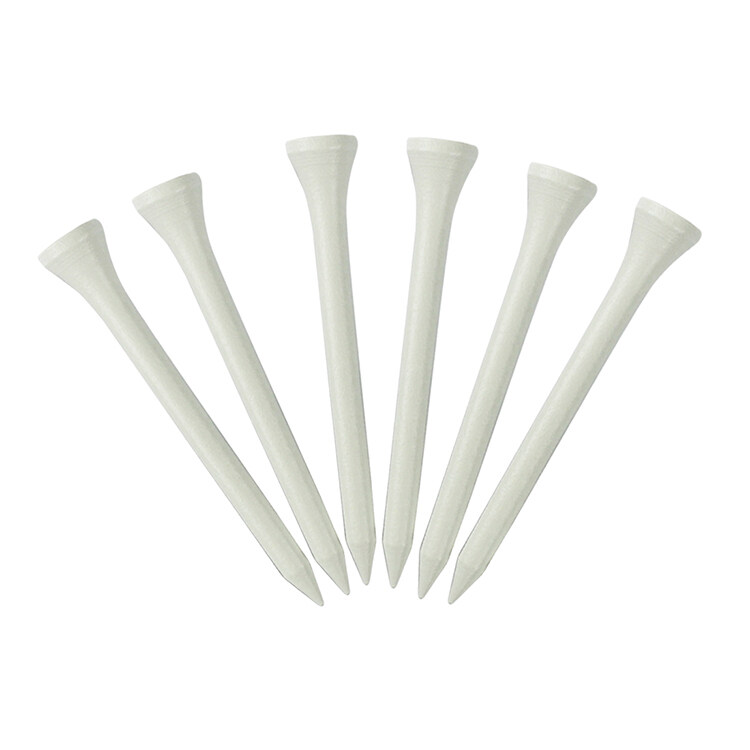Email cannot be empty
Password cannot be empty
Email format error
Email cannot be empty
Email already exists
6-20 characters(letters plus numbers only)
The password is inconsistent
Email format error
Email cannot be empty
Email does not exist
6-20 characters(letters plus numbers only)
The password is inconsistent

Wooden Golf Tee
About this item
ECO-FRIENDLY MATERIAL
Our golf tees are made of 100% natural hardwood for consistent performance, which is eco-friendly & biodegradable and does not cause second environmental pollution.
STABLE SUPPORT
The tee CUP head measures enough to offer stable support for the ball, designed for better durability and performance.
BLANK MARKING
Blank marking helps you freely customize the height of golf tees which helps you achieve consistent golf shots and make golf games easier.
WELL PACKAGED
All golf tees are packaged well in the outer carton, it will be a long time before you run out of our golf tees. You can custom your own packaging.
Product Specification
Color: Black white and custom other colors
Black white: 3-1/4 Inch (83mm)
You can choose the length of the different tee according to your need.
The 2 3/4"" size is the most popular and is great for woods & hybrid, while the longer 3 1/4"" size is suitable for all drivers.
The revolution of golf tee
During the turn of the 19th and 20th centuries, golf tees of all shapes and materials appeared, but their popularity did not change golfers' tee-making practice for a century -- piling sand into a tee.
In the 1920s, however, the invention of William Lowell, a dentist in New Jersey, revolutionized.
His golf tee invention was patented and successfully entered the market, and formed a standard shape of the golf tee: an integrated wooden nail, the upper end is shaped like a funnel, the upper surface is concave, and the lower end has a smaller diameter. This is also the first tee made of wood materials. The upper end is painted bright red, which is easy to identify. Lowell calls it ""Reddy Tee"". It is cheap to manufacture and simple to produce, making it very suitable for mass production.
The golf tee was quickly produced in a variety of materials and shapes at an astonishing rate. But a bigger reason for its huge success is its strong marketing with Lowell, which includes hiring golf guru Walter Hagen to show off his golf tee on tour. Because of the unprecedented acceptance of this Reddy Tee by pros and amateurs, Lowell was once considered the true inventor of the golf tee.
The first person to obtain the US patent for the invention of the golf tee was a Scottish man named David Dalziel on September 8, 1899. The golf tee he invented is a cylindrical, rubber golf tee with a recessed upper end and a ground-supporting chassis at the lower end, similar in shape to the golf tee devices found in some driving ranges.
And Prosper Senat was the first American to patent a golf tee, an artist in Philadelphia. The golf tee he designed is a C-shaped card with two ends connected to form a cone with the top cut off. To better help golfers control the shot, the top of the golf tee has many notches and stripes.



